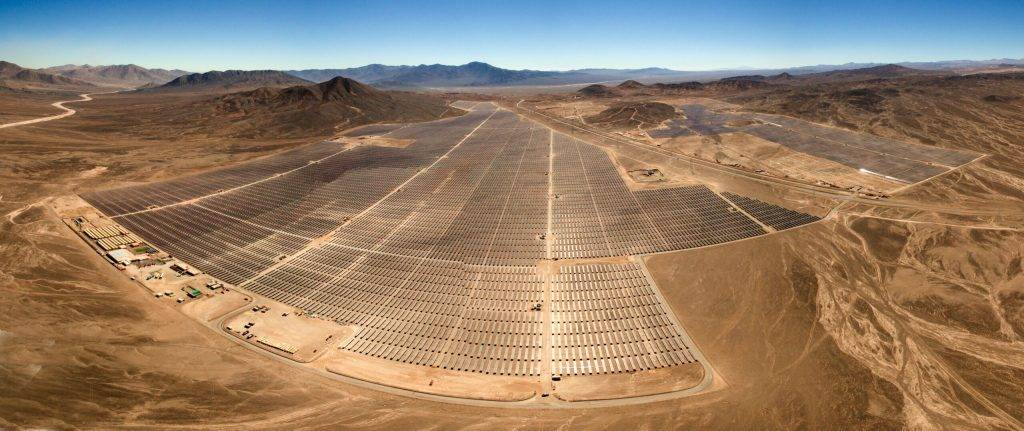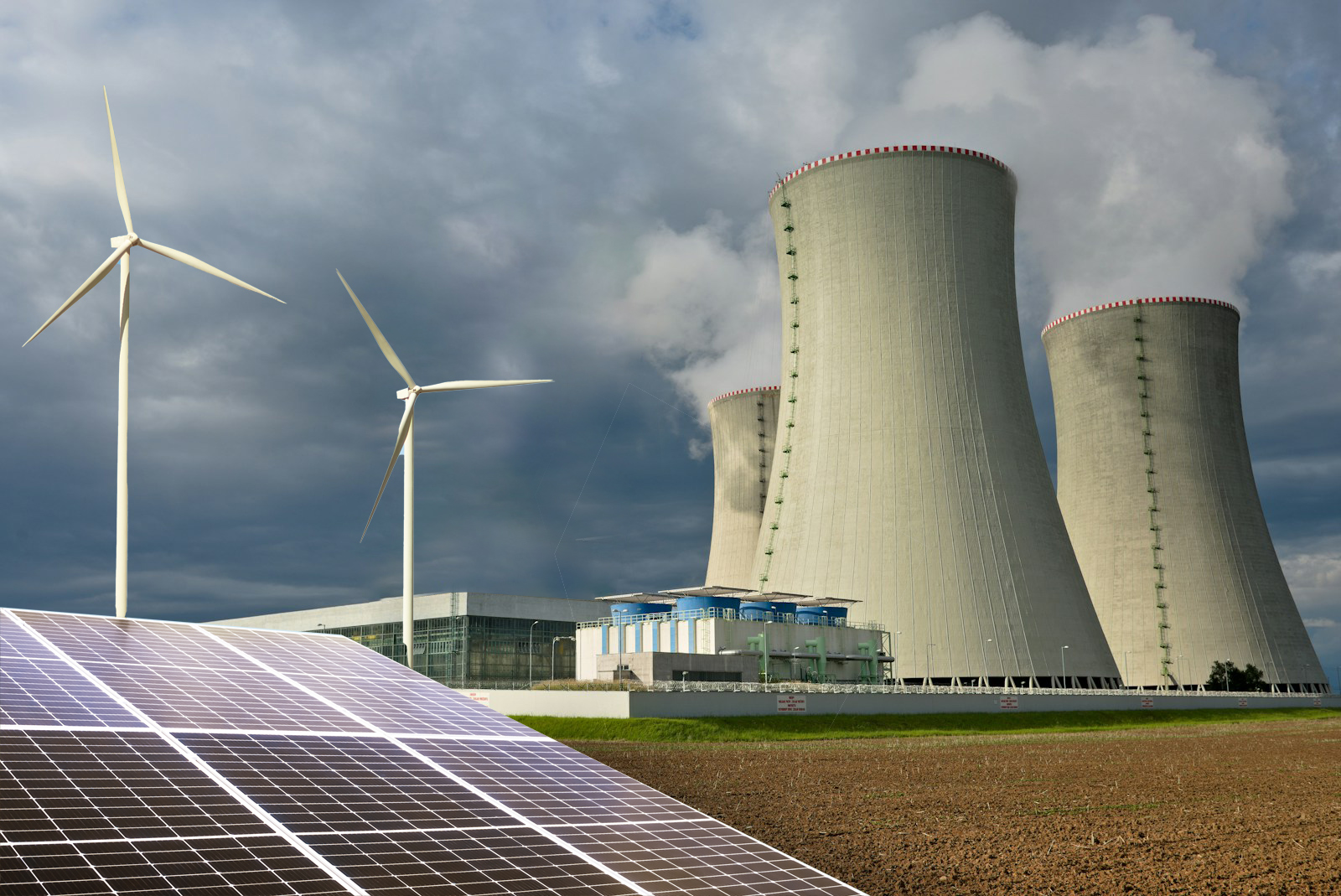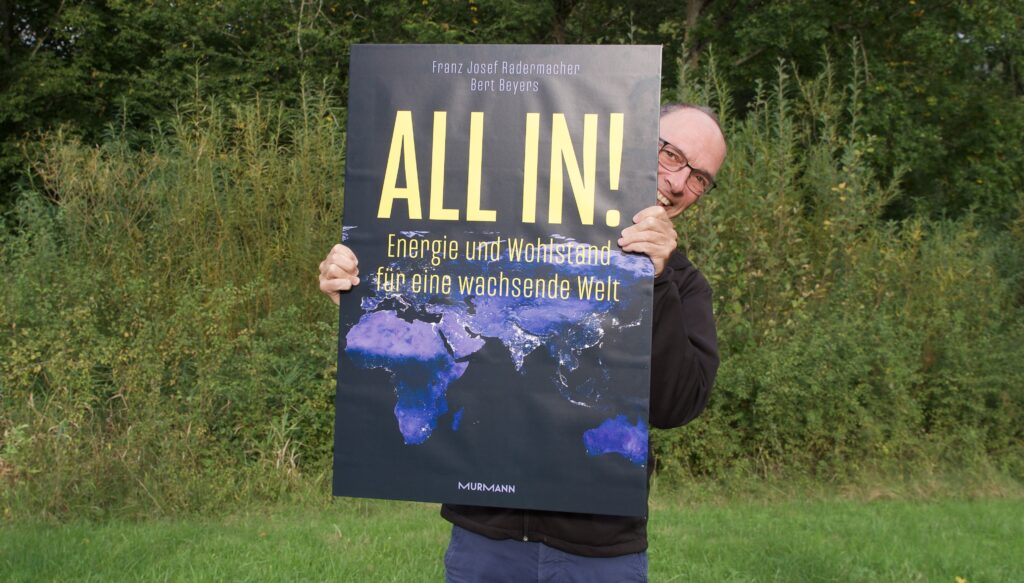Into the ground instead of into the atmosphere, that is the principle of Carbon Capture and Storage (CCS). The CO2 produced by industrial processes is captured, concentrated and injected into caverns, for instance. Internationally, this is regarded as a safe method of storing CO2 in an environmentally friendly way. Another method is the injection of CO2 dissolved in water. The CO2 solidifies in a short time to form carbonates, i.e., rock. Most CCS projects are currently in the USA. There, CO2 is mainly injected into existing oil and gas deposits in order to increase production. The number of CCS projects is increasing rapidly worldwide, from 60 megatonnes of CO2 in 2017 to 150 megatonnes in 2021. Carbon capture reduces the efficiency of power plants by 7 to 10 percent in some cases. In the case of lignite-fired power plants, the profitability is in question.
Share this post:





